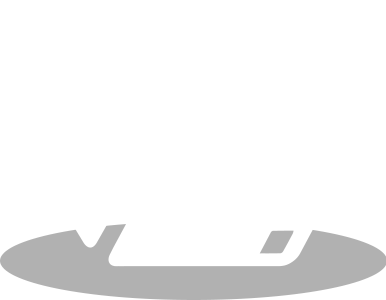Glossary

Bank Identification Number (BIN)
Simply put, a BIN (bank identification number) is a special figure used to represent a bank. This figure can be found on any credit/debit card by looking at the first 4-6 digits of the card number. More normally, this number is restricted to just the first 4 digits. This number is used as a quick way to help a merchant account understand which bank the money is being transferred from.
Essentially, whenever a person uses their bank card to make a purchase, the BIN is used.
How the BIN Works
Imagine a customer standing at a counter in a gas station and swiping their bank card with the small credit card reader. Once the card is swiped, the electronic credit card processing system reads the BIN to determine where the funds will be drawn from. An authorization request is placed on the customer’s account. Within seconds, the request is likely authorized, and the transaction is approved. Without the BIN, the credit card processing system would have never been able to determine the source of the customer’s funds.
The BIN and Its Security
The BIN can be used for more than just identifying the cardholder’s bank; it can also be used to determine his/her address, as well as the issuing institution or bank’s address. This information is handy for a merchant account in an online transaction. For example, if the card’s associated address and the address listed on the billing info for an online transaction are not close to one another, a warning flag will inevitable be raised. Additional steps will likely be taken to secure the transaction.
PIN and BIN: What’s the Difference?
These two acronyms can easily become mixed up because they are used to signify similar pieces of information. Always keep in mind that a PIN is used to identify the owner of a bank card, and a BIN is used to identify the issuer of a bank card. Both the PIN and BIN are used for security reasons. Security websites designed to check BINs are becoming much more common due to credit/debit card fraud online.
Back to list